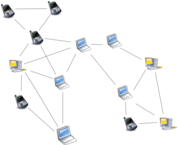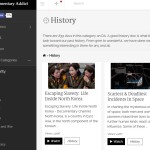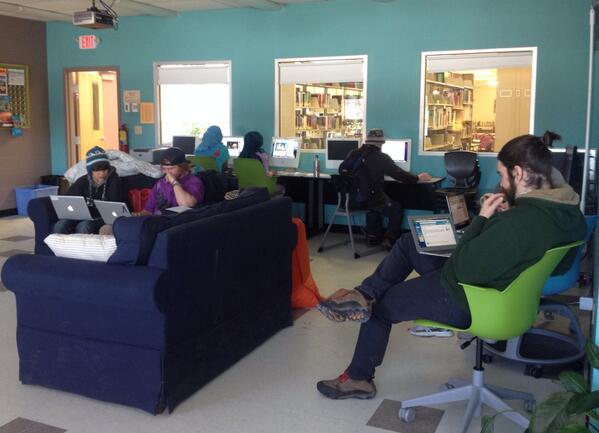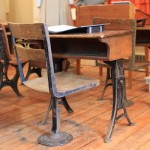From Vermont to Mexico and back, via Smart Board
As the world becomes increasingly more connected, so should our schools. For Vermont, many schools existing in rural isolation can take advantage of these connections to bring their students the world. Connecting classrooms globally is not new, but videoconferencing tools have made the experience easier, more immediate and more compelling than in the past.

Connecting with Nuevo Leon, Mexico
Students at The Ottauquechee School in Quechee VT had been prepping for the big day for weeks. Their teachers used the site Empatico to coordinate this global chat.
And now, in just a few minutes they’d be meeting third graders at the Colegio Americano Anauac School, in the town of San Nicolas de Garza.In Mexico. Halfway around the world, but for one afternoon, right there in their rural Vermont classroom.
With frequent glances at the clock next to the Smart Board, they grabbed their notecards and gathered together on the carpet, hushed and expectant. A few bobbed up and down with excitement. Mrs. Stone, their teacher, reviewed how to be respectful and how to take turns asking and answering questions. One student gushed, “I am so excited right now! It’s really cool I’ve never talked to anyone in Mexico before!”
After one last pre-flight check, Mrs. Stone opened the Board’s laptop and dialed up Ottauquechee’s new friends. Half the world away, a browser began to ring.
Why connect globally?
ISTE explores the specific benefits teachers see from experiencing global conversations with peers such as:
- increasing connection and shared humanity
- learning through inquiry
- positions students as experts and question answerers
- increasing awareness of careers and geography
- increasing empathy and social action
And the co-author of Teaching and Learning for the Twenty-First Century: Educational Goals, Policies, and Curricula from Six Nations, Fernando M. Reimers, explains:
“In order to participate, as citizens or producers, all people need to be able to understand globalization, be curious about the world and global affairs, know where to deepen their knowledge when necessary, and be capable of communicating and working productively and respectfully with people from other countries and cultural backgrounds.”
As the chat got underway, Ottauquechee students connected right away with their third grade peers.
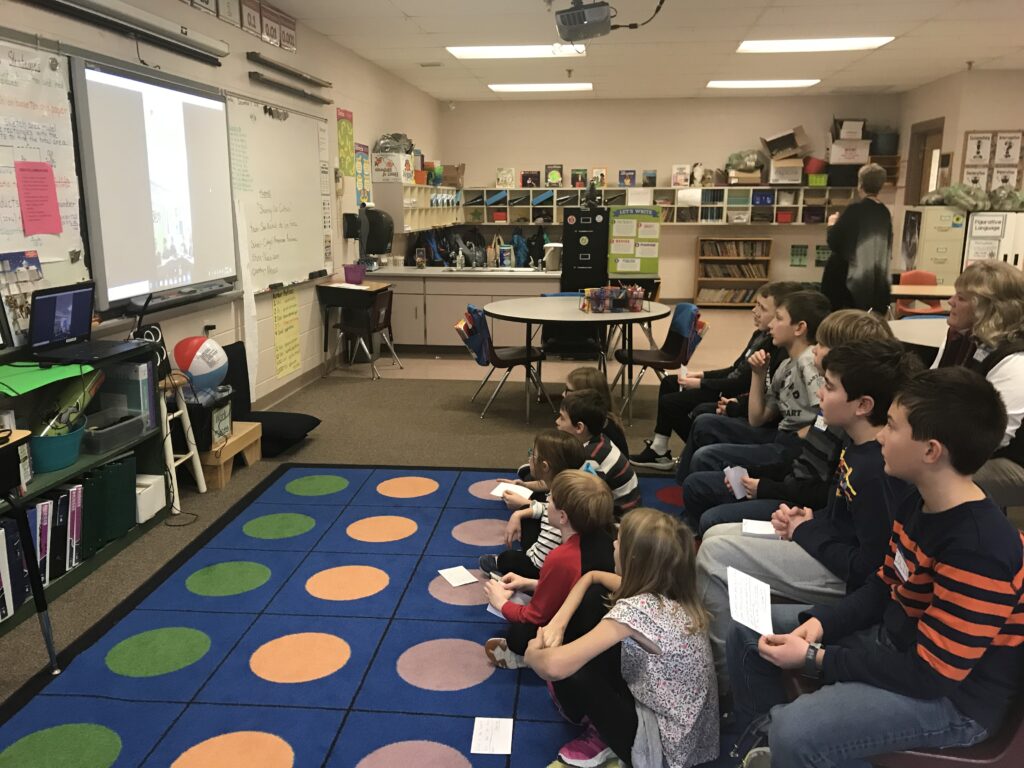
The students in Mexico had prepared images of their town and culture, and one by one, they held up their iPads in front of the camera, proudly sharing these images of the things they loved. They shared about the sports they love, with half the class loving one futbol team, and the other half loving a different one. Students quizzed each other about their favorite foods, the difference in temperature and climate between Nuevo Leon and Vermont, and the favorite things about their towns.
One student from Ottauquechee spent some time explaining what tater tots are. He was genuinely shocked to find out they aren’t as common in Mexico as in the United States. A cheer went up from both classrooms for the popular rock ballad Despacito. A connection was created and the ground was set for these students to meet again, to follow up and ask each other more in-depth questions about life, school and learning in their home countries.
For these students, it seemed clear to me as the observer, even from this first interaction, that these benefits were being enjoyed by students in both Vermont and Mexico.
Global connections are available for all ages
In this Mindshift Post, Kathy Cassidy shares how she integrates global conversations into lessons for her primary students about digital citizenship, peer to peer learning, teaching empathy and relevant, timely learning.
In Sharon’s Davidson’s kindergarten class at Allen Brook school , they regularly use Skype to talk with experts in the field. And then they tweet about it, asking questions, offering thanks, and collaborating with others. From day one in school, these kindergarteners are global citizens and goalkeepers for the United Nation’s Global Goals for Sustainable Development. They frequently don shiny blue capes in the classroom, as befitting their role as global superheroes.
Students practice the transferable skills of clear and effective communication, responsible and involved citizenship, and self direction during these experiences.
In addition, students are gaining all sorts of academic skills by connecting with students for discussions. They are practicing the the Common Core standards of speaking and listening, which grow with each year of schooling. These are anchor standards, and according to Common Core State Standards Initiative,
“To build a foundation for college and career readiness, students must have ample opportunities to take part in a variety of rich, structured conversations—as part of a whole class, in small groups, and with a partner. Being productive members of these conversations requires that students contribute accurate, relevant information; respond to and develop what others have said; make comparisons and contrasts; and analyze and synthesize a multitude of ideas in various domains.”
For example, this is the standard for Kindergarten for speaking and listening standards:
- CCSS.ELA-LITERACY.SL.K.1
Participate in collaborative conversations with diverse partners about kindergarten topics and texts with peers and adults in small and larger groups. - CCSS.ELA-LITERACY.SL.K.1.A
Follow agreed-upon rules for discussions (e.g., listening to others and taking turns speaking about the topics and texts under discussion). - CCSS.ELA-LITERACY.SL.K.1.B
Continue a conversation through multiple exchanges.
Have you connected to a class, community partners, either in the next building or globally?
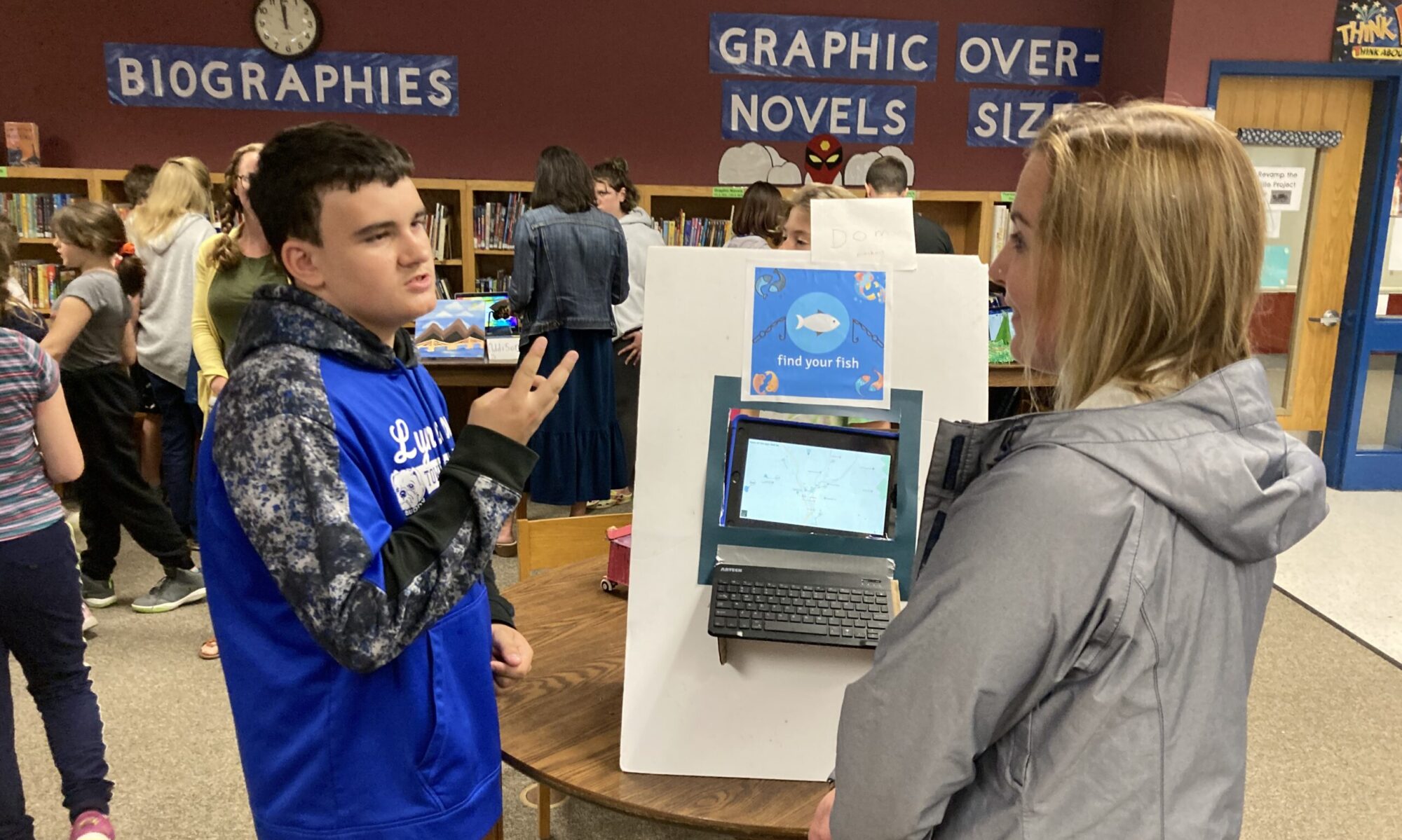

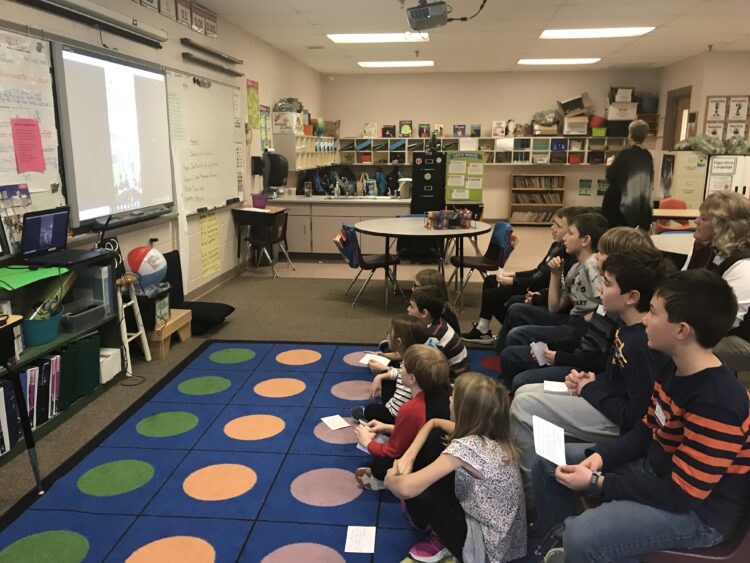
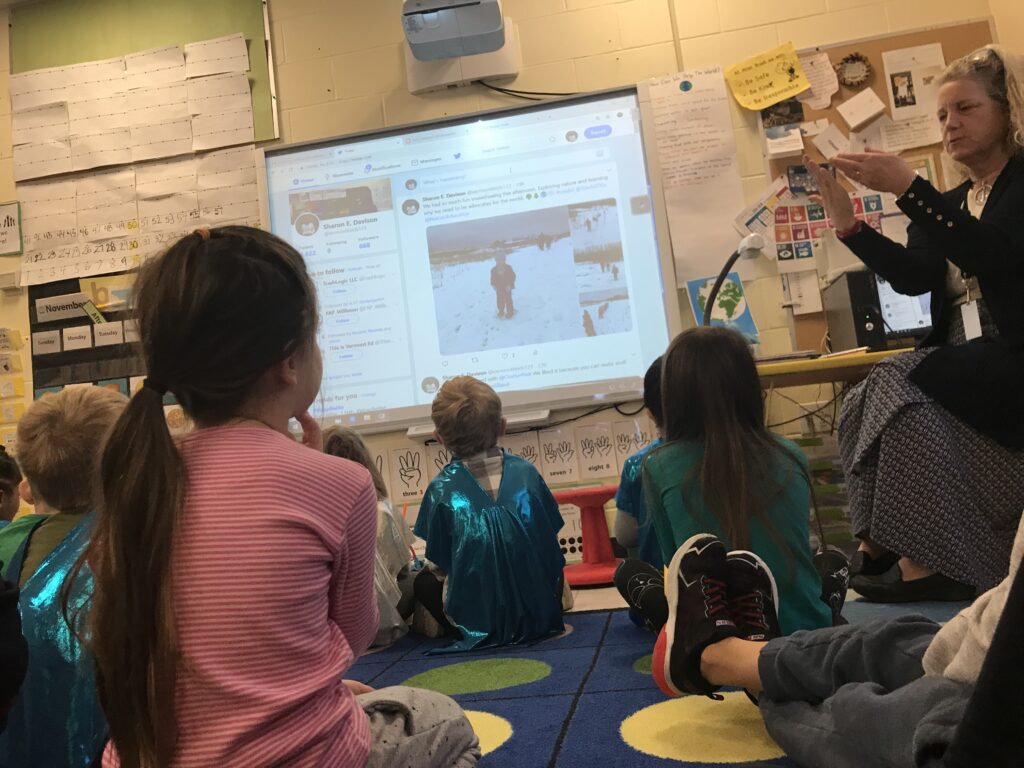
 Many of your current — or future — collaborators teach at other schools around the state or world. But when you’ve got a great idea for collaboration, don’t let distance stand in your way. Let’s look at this example from three Vermont schools on how to plan, manage and support one unit run across three different schools.
Many of your current — or future — collaborators teach at other schools around the state or world. But when you’ve got a great idea for collaboration, don’t let distance stand in your way. Let’s look at this example from three Vermont schools on how to plan, manage and support one unit run across three different schools.